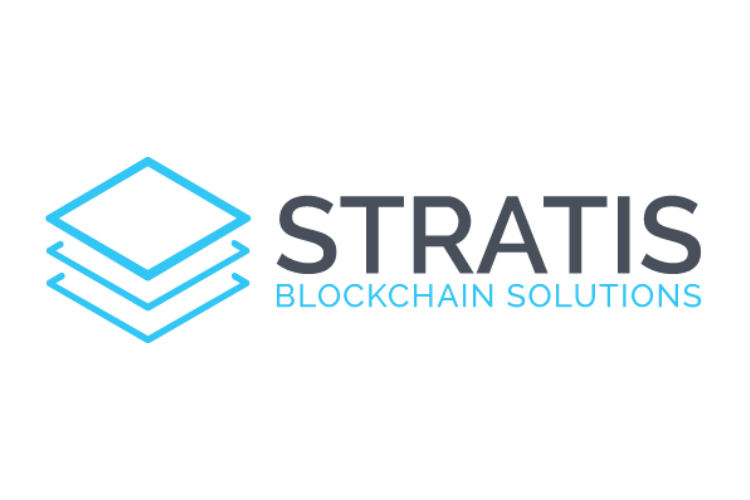There are many different and exciting cryptocurrency-oriented projects out there. Although it is impossible to highlight them all, some concepts pique our interest. Stratis is one of those projects, even though we have highlighted some of its features already. However, it appears a lot of people are still confused over what Stratis brings to the table exactly. We will attempt to get rid of those misconceptions through the course of this article.
Stratis Is a Very Versatile Blockchain Project
Several blockchain projects aim to make the technology more accessible to developers, companies, and consumers. That is a rather steep challenge, though, as blockchain requires a detailed level of expertise. Stratis aims to make blockchain easier for everyone to understand. Moreover, the project offers affordable solutions for blockchain development, testing, and deployment of applications. All things considered, it sounds like a platform to keep an eye on moving forward.
One aspect of the Stratis project is their enterprise development platform. It is quite complicated to get involved in building blockchain-based applications these days. The team has created an accessible solution which takes away a lot of headaches associated with building blockchain apps altogether. A lot of enterprises will appreciate this aspect. Moreover, there is also the cryptographic token fueling the blockchain, known as STRAT.
One thing that makes Stratis stand out from other blockchain platform sis how it focuses on native C# and .NET applications. Rather than coming up with a completely new coding language, Stratis wants to make the transition for software developers a lot smoother. Moreover, the proprietary blockchain offered by the platform uses the latest advances in stability and security also found in the Bitcoin protocol. So far, the company partnered with leading blockchain partners, including Ledger, Microsoft Azure, and Changelly.
Unlike Bitcoin and Ethereum, Stratis can effectively be kept in a native wallet to keep the blockchain secure. Through the proof-of-stake algorithm, people keeping funds in their wallet will be rewarded for doing so. It is possible to stake STRAT on a Raspberry Pi, rather than using a computer or laptop to do so. One new token is issued per block, which takes around 60 seconds to be generated on the network. This keeps the inflation of STRAT down to an absolute minimum, while still providing stakeholders with a financial incentive.
Master Nodes are an important aspect of the future of Stratis. These Breeze Nodes are designed to support the upcoming Breeze Wallet, which provides users with additional privacy when sending transactions. Operating such a Stratis Breeze Node requires users to lock up a specific amount of their coins. In this case, that means 250,000 STRAT needs to be kept in a wallet used for node purposes at all times. It is worth mentioning the Breeze nodes also support Bitcoin transactions, and operators need to have 5 BTC or more in reserve to support this functionality.
It is evident this blockchain ecosystem has plenty to offer, both to developers and cryptocurrency enthusiasts. Having the ability to build applications in C# and .NET is quite attractive to a lot of companies. Moreover, cryptocurrency users can benefit from additional privacy, both for STRAT and BTC transactions. It will be interesting to see how this project evolves further, as it seems a lot of interesting updates have yet to be announced.
If you liked this article, follow us on Twitter @themerklenews and make sure to subscribe to our newsletter to receive the latest bitcoin, cryptocurrency, and technology news.

